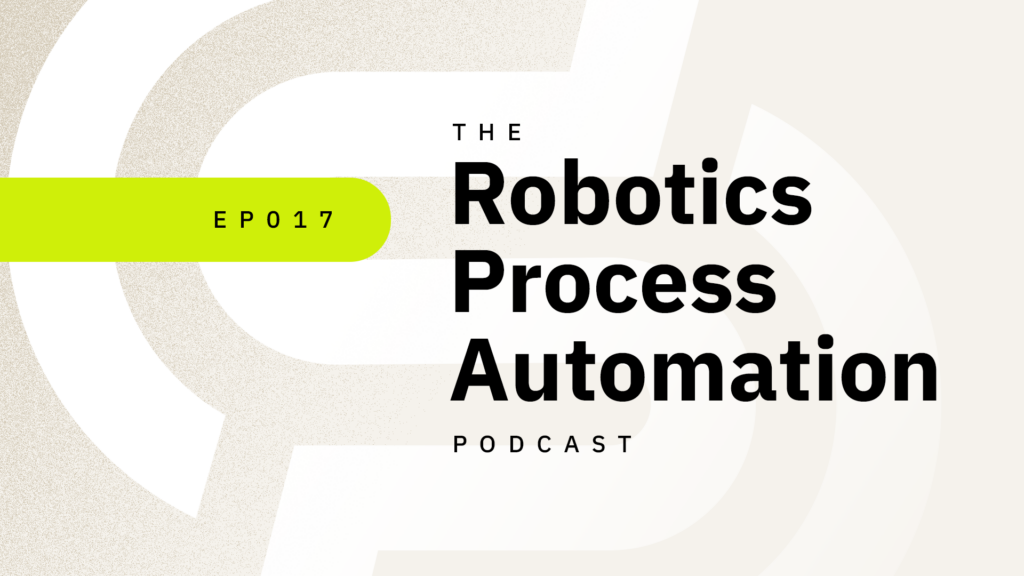Banking has come a long way in the last 100 years. In times past, you would have to go to a physical building to make deposits or withdrawals… can you imagine?! With modern banking and technology, however, keeping track of your funds is easier than ever and, for the majority of people, all happens from the phone in the palm of their hand.
In recent years, online banking has seen significant upgrades for users thanks to intelligent process automation (IPA). However, there’s still a considerable number of processes that could be automated for bank tellers, too.
In this blog, we’ll take a look at some of the ways automation solutions can cut costs and take over some of the most mundane tasks in banking.
The Problem in Banking Today
Surprisingly, many processes from “old world” banking continue today in digitized versions. As technology advances, however, new sectors of finance have emerged, creating the need for new processes and new approaches.
Some of these sectors include fraud detection, fraud mitigation, recovery, credit card, credit cards, international debit cards, insurance, digital gold bonds, mutual funds, and increasingly demanding global standards.
Clearly, online banking has become incredibly useful, but it can be challenging for financial institutions. They need to stay on their toes — a tiny error by one person can cause massive problems for a lot of people.
Eliminating manual errors and improving efficiency are obviously key challenges. But how do you get there? Intelligent process automation!
Mortgage processing, claims processing, transactional data management, collections, billings, compliance (among so many others) are some of the most time-consuming tasks in the finance industry, and can all be automated, freeing up time and cutting costs for financial institutions, allowing to focus on other areas that drive revenue and move the business forward.
Solving Banking Challenges with Automation
Compliance reports are common documents found inside any financial institution, keeping track of fraudulent transactions in the form of SARs (suspicious activity reports). In the past, compliance officers would have to read through these documents manually, taking up hundreds of work hours each year just to make sure the bank was staying up to date.
With intelligent process automation solutions, however, these documents can be read, analyzed, and filed in a matter of seconds.
IPA solutions utilize intelligent software that can be trained to identify and extract specific kinds of information without the help of a human worker, leaving employees plenty of time to engage with customers or more complex banking tasks.
Another area financial institutions benefit from automating is their customer onboarding and account opening processes.
Before digital banking, a customer would have to meet with a clerk or representative to open a new account. Many documents would have been filled out, and then multiple days would pass as the forms were manually read through and processed.
Today, online banking harnesses the power of IPA to allow customers to set up accounts almost completely by themselves. They still need to provide a bevy of information to make sure their credentials are legitimate, but instead of waiting days, the process now only takes a few seconds.
IPA solutions utilized in banking can identify crucial customer information as it’s submitted and ensure verification for whatever banking service is needed. Input errors on the banking side are nearly eliminated, and there is less need for a human worker to intervene.
If customer data needs to be evaluated further, data can be stored and accessed through a Customer Relationship Manager (CRM) later on. Overall, an IPA solution will reduce manual errors and cut back on the spending to fix these errors.
Additional Benefits of Automation in Banking
By incorporating an IPA solution into banking processes, an institution could save around 25-50% of its total costs.
An IPA solution is also incredibly adaptable. It can merge with existing IT infrastructure and “learn” how to mesh with new software when future changes come about. Changes to a business can be stressful for the executive board and for the employees, but having an automation solution in place can make adapting to change much easier.
Additionally, an IPA solution can be implemented into existing infrastructure with minimal effort. If an institution is concerned about implementation, the IPA software can be tested in segments and analyzed for further review and consideration, allowing the team to grow their comfort level at every step.
Conclusion
The key to any IPA solution is to make sure your business is ready for it. Whether your organization is a bank, hospital, hotel chain, or clothing brand, it’s important to know you have areas to automate before you try any form of implementation. Simply review the processes your business utilizes, and compare the time it takes to complete them manually versus how long it may take an automated software bot to complete them. (You may do a double-take when you see the difference automation can make in your day-to-day!)
Need help assessing your readiness for process automation, or to figure out how IPA can benefit your organization? We’d love to help!


